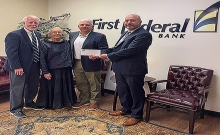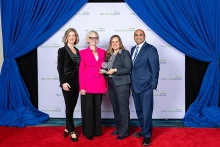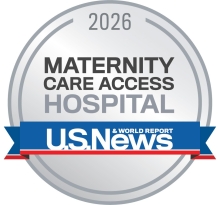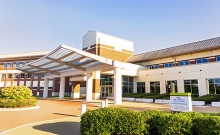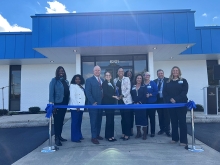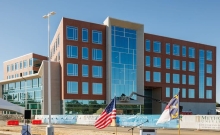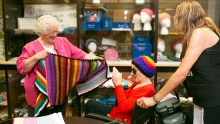I am a...
Select from the list below to view related pages:
I am a Patient
Quick Links
I am a Visitor
I am a Job Seeker
Quick Links
I am a Physician
Quick Links
Search Cape Fear Valley Health
Popular Services
Quick Links
Find a Doctor
Search Cape Fear Valley Health
Popular Services
Quick Links
Find a Doctor
I am a...
Select from the list below to view related pages:
I am a Patient
Quick Links
I am a Visitor
I am a Job Seeker
Quick Links
I am a Physician
Quick Links

